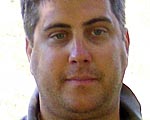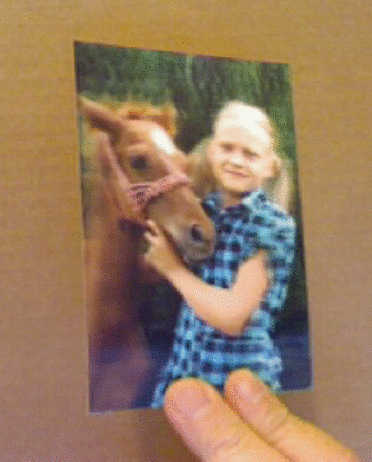3D Portrait Shooting and Printing made Cost Effective
Akos Demeter , Hungary Designing a complete service solution which surpasses competition by its easier and quicker operation, wider usage areas while making it much cheaper altogether is particularly interesting and keeps your mind fresh all day (and night) long. I have put together electronics, hardware, software, optics, and manufacturing technology bits which seemed totally unrelated to each other earlier, but now they serve the goal of something was impossible before.
Designing a complete service solution which surpasses competition by its easier and quicker operation, wider usage areas while making it much cheaper altogether is particularly interesting and keeps your mind fresh all day (and night) long. I have put together electronics, hardware, software, optics, and manufacturing technology bits which seemed totally unrelated to each other earlier, but now they serve the goal of something was impossible before.Wherever I look, I see problems, and issues to be solved, areas to be improved. Some I can manage, some only populates my long list of innovation ideas from where most of them gets done by others later. That's no problem, you have to select and match your activities when working on your ideas to your overall capabilities.
Quite surprisingly and despite all the fuzz around "3D", making 3D portraits cost effectively was not available to professional portrait photographers until I decided to make a complete service which enables portrait photographers to increase their income by making life-like 3D lenticular prints.
Lenticular 3D printing was never meant to be single-print compatible. You had to use the most expensive press machines and had to print thousands of each photo (or artwork) to make unit price as low as possible.
This has been changed by my method where creative printing technology and material usage significantly reduces the price of even one single print of a lenticular photo (or artwork). The price for one unit could be lower than the unit price of the same artwork printed on commercial presses. Not to mention that the actual resolution is also much higher.
Well, this was not yet enough to make a complete service because taking 3D photos have always been troublesome.
By using creative software and photoshooting technologies, I could create a system which can be taken outside of the studio right into school classrooms, kindergaden rooms. Earlier taking photos from multiple angle was usually done by sliding one or more camera on a rail, which prohibits taking photos of (normal, lively, vivid) kids.
In my system, there are higher number of compact cameras, all electronically coupled to shoot in the same time. After shooting and downloading photos, one specially designed tricky software smooths out the pictures to perfectly match each other on the desired plane of the scene. The photos match on pixel level, which is far better than other more expensive (non computer based photographing) technologies do.
Putting this into numbers might give you a reference.
Price of my multi-angle 3D camera: 900 USD.
Price of one print of 5.6" × 3.6": 1,75 USD.
Comparable systems cost around ten times more for the 3D camera without the possibility to use outside of the portrait studio and has no offer for the printing itself.
And how this all compares to Stereo 3D offered by Fujifilm W1, W3 and some other camera makers?
Well, stereo 3D is very nice when sitting in a dark movie theater, but much less attractive when it gets printed. This has been proved during a market research done by me two years ago. (And prices of Fuji 3D prints seem to be very high too.)
Nowadays, we are selling hundreds of prints every week, increasing kindergarden and pre-school portrait photographers' profit.
Next Story »

